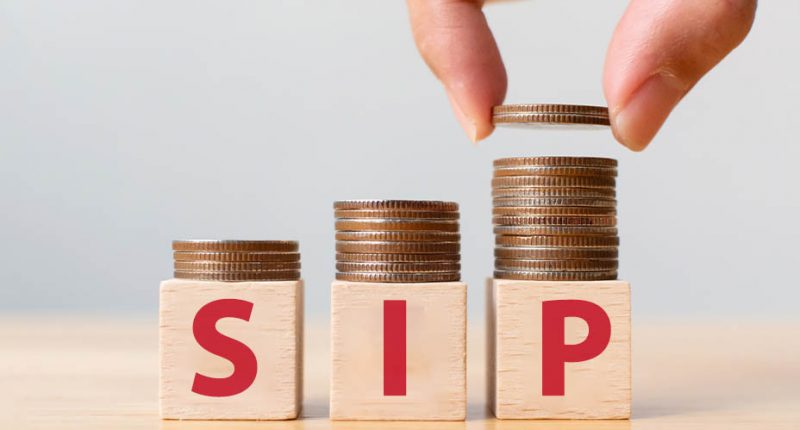It is essential to have a well-thought-out investment plan for your children’s future needs ideally when they are just a few months old; or in play-school. However, it is never too late to start making financial provisions for your children’s education.
Have realistic targets, taking into account inflationary trends and the likely future cost of education. In these times, there has been a considerable rise in the fee structure of primary schools as well. For example, assuming a 10-12% inflation, an engineering degree that costs Rs 8-10 lakh today will cost about Rs 40 lakh after say, almost 20 years from now. The same is true for other professional courses as well.
In this regard, if you start a monthly systematic investment plan (SIP) early, then in 18-20 years, you can have a decent corpus for your child’s higher education. To do this successfully, first, determine a SIP amount that’s convenient to you along with your risk appetite and the investment horizon. For instance, if your plan is equity-oriented compared to a debt plan, it will return with a higher corpus in 20 years.
The best plan, under such circumstances, is a balanced portfolio. This will provide above-average returns, and also protect the principal. Generally, add financial instruments like equity, debt mutual funds, and insurance plans to your investment portfolio.
However, do not look into traditional investment options like fixed deposits (FDs), public provident funds (PPFs), and the national savings certificate (NSC) because such traditional instruments would be inadequate to meet the demands of tomorrow.
Ideally, undertake thorough research of child education plans before investing in one. This is quite important to be able to provide your children with a comfortable and secure future. In case of any confusion related to an investment plan, it is advisable to reach out to a professional financial advisor.
Steps-by-Step Investment Planning
- The first step is to schedule education expense year after year
- The second step is to find the current education cost
- Consider the rate of inflation to draw the cost of education in future
- Invest in good mutual funds through a SIP which can generate a return in the range of 12-15%

Rajiv is an independent editorial consultant for the last decade. Prior to this, he worked as a full-time journalist associated with various prominent print media houses. In his spare time, he loves to paint on canvas.





